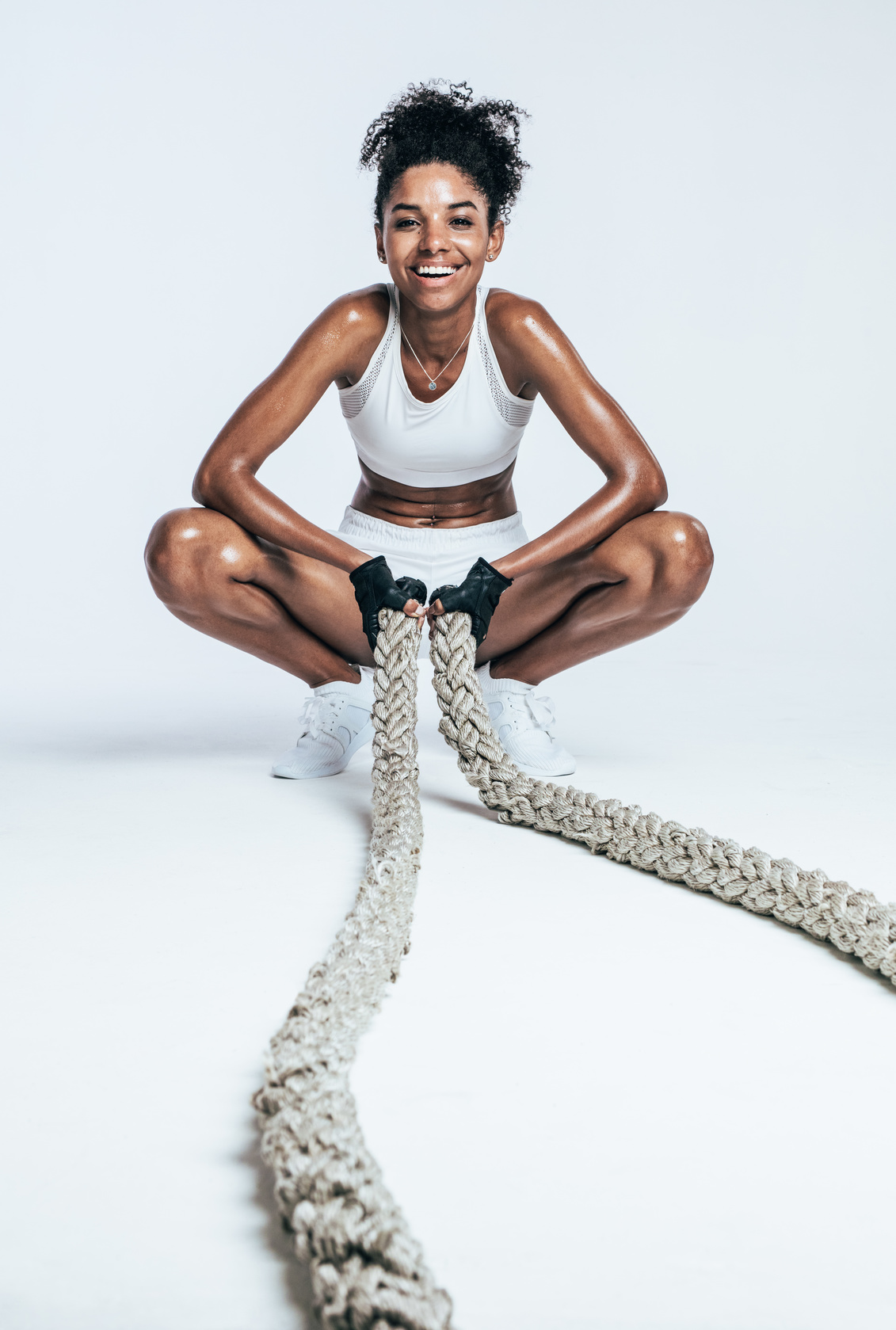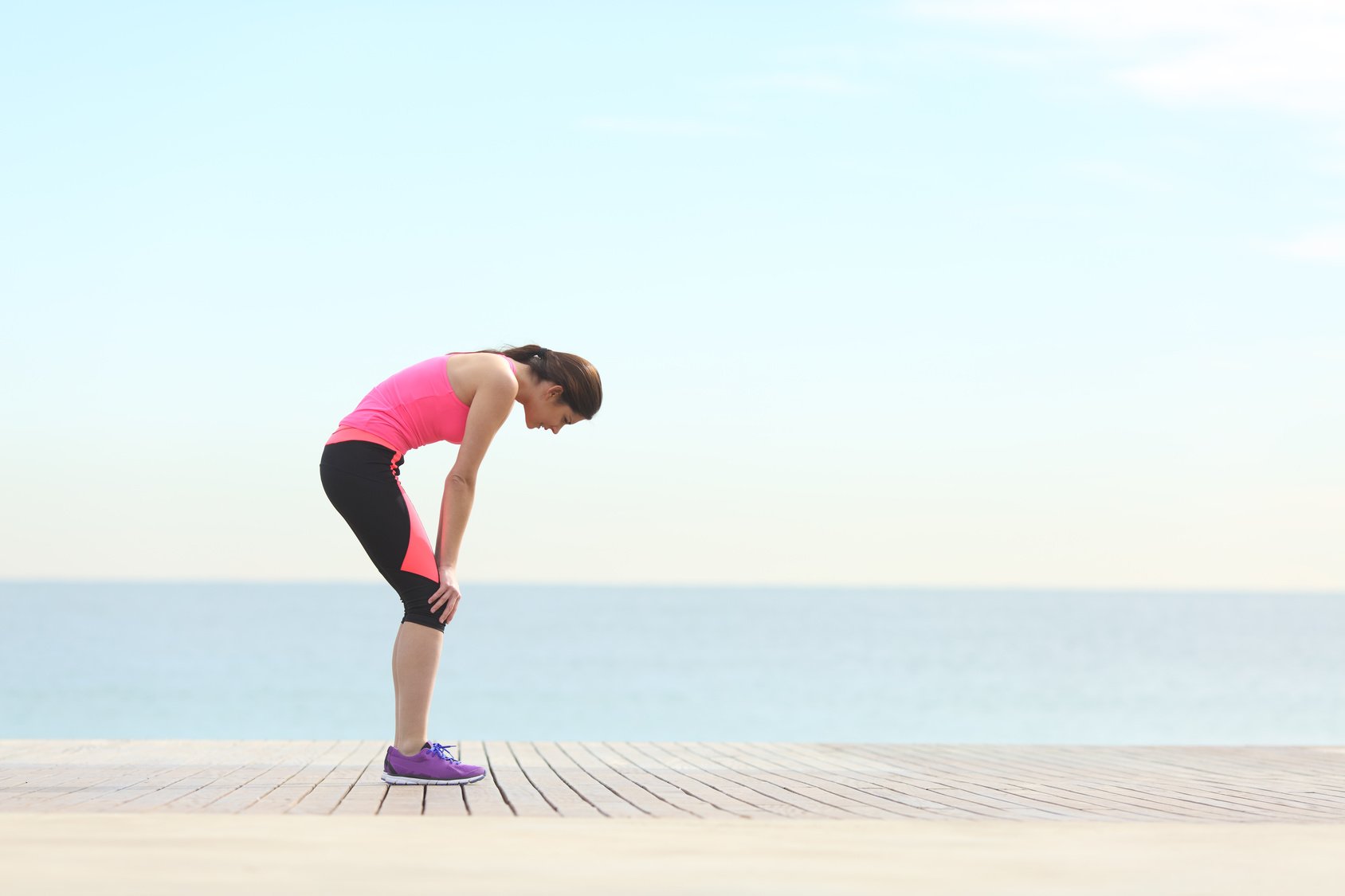Looking for practical tips to help you enjoy long runs? Then you’ve come to the right place.
In a world where speed is often celebrated, long-distance running is the quiet champion of endurance.
It’s not just about racing against others; it’s about racing against yourself, pushing boundaries, and discovering what lies beyond your comfort zone.
Whether you’re a seasoned marathoner or someone contemplating your first long run, you’ve come to the right place.
This article is your guide to not only surviving but truly enjoying those extended journeys on foot. We’ll delve into strategies that will not only make your long runs bearable but turn them into a source of exhilaration and accomplishment.
So, lace up your shoes because we’re about to explore the secrets of making long-distance running a gratifying experience. Let’s embark on this journey together.”
Get Ready
As Woody Allen once wisely quipped, “80 percent of success is showing up.” The remaining 20 percent is all about the details. So, let’s lace up those running shoes and dive in.
First things first, you don’t need a mountain of gear to start running. All you really need are a pair of comfortable, well-fitting running shoes, suitable running attire, and perhaps a trusty watch. Once you’ve got these essentials squared away and ready to roll, you’ll find it much easier to simply step out the door without second-guessing yourself.
Now, here’s an important piece of advice, especially for those new to the world of running: don’t rush into long distances. Pushing yourself too hard too soon can lead to injuries, and that’s definitely not what we’re aiming for.
The key to a safe and injury-free running journey is to build your foundation carefully and then gradually increase both distance and speed. This is where the walk-run method comes in handy. It’s a fantastic way to build up your stamina and cardio fitness safely.
To guide you on your journey, here are three articles that offer valuable insights:
- “The 8-Week Beginner Running Program“
- “Absolute Beginner’s Guide to Running“
- “How To Start Running With 5 Simple Steps”
Now, here’s a pro tip: preparation is your best friend when it comes to long runs. The night before your run, gather all your running gear – clothes, shoes, your trusty watch, and even your favorite tunes if you’re into that. Plan your nutrition and map out your running route. In essence, get everything sorted and ready before you hit the sack. This way, you eliminate those pesky early-morning excuses that might try to hold you back.
Have trouble sticking to a morning running routine? Check this article.
2. Keep the Tanks Humming
To ensure your long runs are a gazillion times better, you’ve got to keep those running engines humming with the right fuel. Long runs are voracious beasts, and they’ll certainly deplete your energy stores.
So, here’s the deal: to conquer those long miles, you need to nourish your body properly, or you risk discomfort, early fatigue, burnout, and a host of other health issues.
Now, let’s be crystal clear here – a long run is not a free pass to indulge in unhealthy eating. It’s not a green light for processed foods, sugars, cakes, or cola.
You get the drift, right?
So, here’s the how-to for keeping those tanks full and your running engines roaring:
Step 1: Pre-run Meals
Make your pre-run meal a top priority. Even if it’s just half an hour before you hit the road, refuel those tanks with the right stuff.
For some delicious pre-run meal ideas, check out “Pre & Post-Run Nutrition – What & When to Eat For Maximum Running Performance.”
Step 2: Fuel During the Run
Don’t wait until you hit a wall to refuel during your run. Start taking in those much-needed calories around mile 4 or 5.
Waiting until your energy levels plummet is a recipe for misery. Aim for 150 to 200 calories per hour – enough to keep you going without upsetting your stomach.
Step 3: Hydration is Non-Negotiable
Stay hydrated – before, during, and after your run. Hydration is absolutely key, especially on those hot days. Sip water throughout the day and during your long runs.
But here’s the secret sauce – it’s all about experimentation. There’s no one-size-fits-all solution here. You’ve got to figure out what works best for you and stick with it for the long run – both literally and figuratively.
For the full guide on eating during long runs, check my post here.
Run to Music
Running to music can transform a long run into an enjoyable and efficient experience. It has the magical power to whisk your mind away from fatigue, aching legs, and those pesky doubts that sometimes creep in during a run.
But here’s the catch – there’s a downside to cranking up the music to the max while running.
It can cut you off from the world around you, potentially causing permanent ear damage. Moreover, it might drown out your body’s signals of pain and discomfort, which could eventually lead to injury and burnout.
So, if you’re a music-loving runner, here’s how to do it right:
Step 1: Craft Your Playlist
Plan your own playlist. Opt for songs with a slow tempo, ideally between 70 to 80 beats per minute (BPM). These tunes are the perfect companions for your long runs.
While songs with over 100 BPM can get your heart pumping and boost motivation, they’re better suited for high-intensity workouts like intervals and fartleks.
Step 2: Slow is the Way to Go
For those serene, low-intensity long runs, slow-speed songs are your best bet. Dr. Costas Karageorghis from Brunel University London has research to back this up. Trust me; these slower songs are your secret weapon for keeping a steady pace and enjoying the journey.
Step 3: Stay Aware and Mindful
Now, here’s the golden rule: never let your music disconnect you from your surroundings. It’s crucial to maintain situational awareness while you run. Be mindful of where you’re running, and never, ever ignore your body’s signals of discomfort or pain.
And here’s a little bonus tip: if music isn’t your thing, consider tuning into audiobooks or podcasts.
They’re fantastic alternatives that can keep your mind engaged during those long stretches of road.
Avoid Chafing
Chafing is every runner’s arch-nemesis. It’s the kind of irritation that can turn a long run into an ordeal. But fear not because we’re here to make sure you stay “chafe-free” and keep the joy in your run.
The Downside:
Honestly, it’s tough to find a downside to avoiding chafing. It’s like having a smooth, pain-free run, which is pretty much what we all want, right?
So, let’s skip the downsides and jump right into how to do it.
How to Do it:
- Choose Moisture-Wicking Fabric: Wear clothing that wicks away moisture and sweat. This helps reduce the friction that causes chafing. Experiment with different fabrics and sizes to find what works best for you.
- Lube Up: For those hot spots like inner thighs, nipples, arches, and toes, use a quality lubricant. It creates a protective barrier and reduces friction. Don’t forget to tape these areas if needed.
- Invest in Proper Gear: Run in good-fitting shoes to prevent blisters and other lower-body issues. Head to a specialized running shoe store and get fitted properly. It’s not just about avoiding blisters; it can also prevent various running injuries and enhance your overall performance and enjoyment.
- Affordable Running Shoes Exist: You don’t need to break the bank for quality running shoes. Around $100 can get you a great pair that suits your needs.
Run with a Buddy
Running with a buddy can be a game-changer for your long runs.
Countless studies have shown that exercising with a partner or in a group can boost your stamina, make your workouts feel less exhausting, and turn your training sessions into enjoyable social hours.
When you run with a partner, you get to share the road and the conversation. This is crucial because long runs should be kept at a conversational pace – you should be able to run and chat comfortably at the same time.
Now, here’s a little secret: I used to have a running partner, my cousin, who was also my mentor during the early years of my running journey. Those weekend 15-milers were a lot more fun with him by my side.
The Downside:
But here’s the catch – relying solely on one running partner can be a bit risky. What if you have a falling out, or they’re out of town, busy, injured, or just in a bad mood? The list goes on. That’s why you need to have a few tricks up your sleeve and be flexible in your approach.
How to Do it:
- Find the Right Partner: Before you hit the road with a potential running buddy, make sure you both have similar fitness levels and goals. Discuss your running schedules – when and where you’ll run – and establish your pace goals.
- Be Open to Variety: Running with multiple partners or joining a running club can be a great way to diversify your running experience and reduce dependence on one person. Embrace Solo Runs: Sometimes, running alone can be a beautiful and meditative experience. Learn to enjoy your own company and relish the solitude of the open road.
- Explore Online Resources: If you’re surrounded by people who don’t share your passion for running, or you’re a bit shy, turn to the internet. There are plenty of online resources, like meetup.com, buddyup.com, runners’ forums, and social media, that can help you connect with like-minded runners in your area.
Know the Route
Nothing can put a damper on your long run, quite like getting lost along the way. It’s a nightmare scenario, especially when you’re out on the trails where public transportation is nowhere in sight to rescue you.
Plus, you might be tired, exhausted, or worse – injured – making walking back seem like an insurmountable challenge.
The Downside:
Now, here’s a pitfall to watch out for some runners become creatures of habit, sticking to the same tried-and-true route week after week.
While consistency is good, this approach can lead to monotony and ultimately drain your motivation to train. So, it’s crucial to change things up from time to time and explore new routes to keep things fresh.
How to Do it:
- Plan Your Route: Before embarking on your long run, have a general idea or a set of trails you’d like to explore. Know where you can hydrate and refuel, especially if you’re planning to run for more than an hour.
- Stay Safe: Carry your phone with you, and make sure it’s fully charged. GPS can be a lifesaver if you find yourself off-course. Additionally, have some cash on hand for emergencies.
- Embrace Exploration Runs Sparingly: While it’s fun to go off the beaten path and discover new trails and routes, reserve these exploration runs for occasional adventures. It shouldn’t be your default mode for long runs, as getting lost repeatedly can take the fun out of the experience.
Break up the Long Run
Breaking up your long run is a smart strategy to make those daunting distances feel much more manageable. It’s all about tricking your brain into thinking you’re tackling a series of shorter, easier courses instead of one seemingly endless journey.
The Downside:
Now, if measuring distance seems challenging, don’t fret. Instead of breaking up mileage, you can divide the duration of your run into manageable chunks.
Think 15- to 20-minute segments, for example. It’s essential to keep the entire distance or duration realistic and within your fitness level. Pushing too hard can lead to exertion or injury.
How to Do it:
Here’s the secret: approach your long run like you would eat an elephant – one bite at a time. Break it into three to four increments, depending on the total distance and your preference. For instance, if you’re planning a 15-mile run, divide it into three to four-mile segments. Then, focus on completing one segment at a time.
By doing this, you make the distance feel easy peasy. Three or four miles at a time? Totally manageable. Plus, it helps you maintain a more manageable pace throughout your run, ensuring you finish strong.
Reward Yourself at the End
Rewarding yourself at the end of a long run can be a game-changer, making those miles more enticing and motivating. It’s backed by research, which shows that the mere anticipation of a reward can supercharge your motivation.
The Downside:
Now, here’s a word of caution: the “reward yourself with food” mantra may not be the best choice. Post-run nutrition is vital for recovery and providing your body with the nutrients it needs for repair and replenishment. Indulging in unhealthy eating as a reward for a healthy run can backfire in the short and long term.
How to Do it:
Instead of reaching for junk food, decide in advance what pleasurable activity you’ll treat yourself to after completing your run. The possibilities are endless – a long, relaxing bath, a soothing massage, a pedicure or manicure, a delicious and nutritious dinner, a trip to the movies, or diving into your favorite book by a beloved author.
The key is to choose something that genuinely brings you joy and makes you look forward to your post-run reward. However, if you still want to reward yourself with food, that’s perfectly fine – just do it in moderation.
Keep Doing it
In order to get good at running, you will simply have to run more.
To become a better runner, there’s no secret formula – you simply have to run more. The more you run, the more your brain and body become adept at using the right muscle fibers, allowing you to run with greater efficiency and less effort.
So, keep running, and then run some more. But remember, these adaptations take time, and there’s no overnight transformation. Consistency is key.
The Downside:
While running more is essential, it’s crucial to understand that more isn’t always better. Quantity should never overshadow quality. Overdoing it can lead to burnout, injuries, and frustration.
To avoid this, incorporate recovery weeks into your training program, typically every fourth or fifth week. These weeks should prioritize rest and rejuvenation. Additionally, consider adding recovery runs to your schedule.
How to Do it:
To make running a lifelong habit, turn regular exercise into something that’s second nature to you. Human beings are creatures of habit, and we tend to repeat physical and mental patterns without even realizing it.
You can use Tony Schwartz’s approach from “The Power of Full Engagement” to turn running into a lifelong habit. Simply stick with your desired running behavior (the habit) for at least a month without fail.
Initially, it might be challenging, but after a few weeks, long runs will become a part of your daily life. Running will become as automatic as brushing your teeth.
Incorporate your workouts into your schedule for the upcoming four weeks and commit to checking them off your list. It may be tough at first, but with time, regular exercise will become a natural and enjoyable part of your life.













